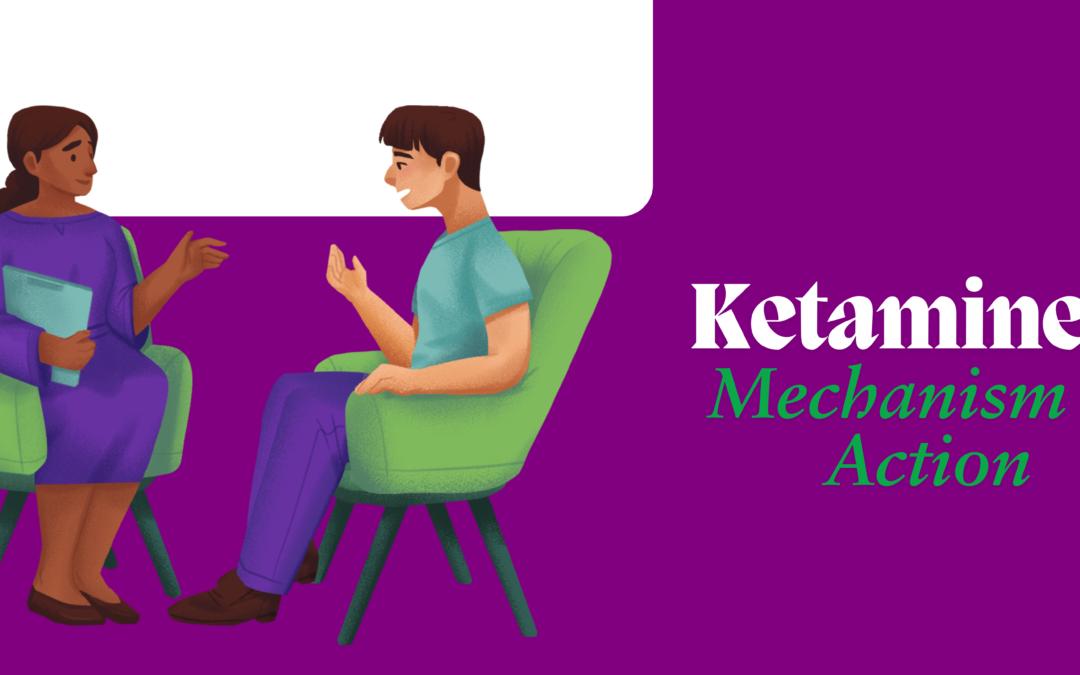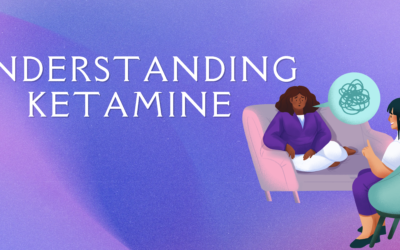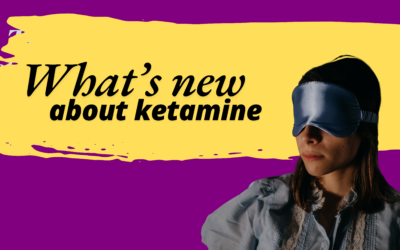Ketamine, initially developed as an anesthetic in the 1960s, has garnered significant attention over the last two decades for its off-label use in treating various mental health conditions, particularly depression and anxiety disorders. Its rapid action and unique mechanism of action distinguish it from traditional antidepressants, making it a focal point in current psychiatric research. This blog post will delve into the biochemical pathways through which ketamine exerts its effects, its interactions with neurotransmitter systems, and its implications for treating depression.
Ketamine: A Brief Overview
Ketamine is classified as an NMDA (N-methyl-D-aspartate) receptor antagonist, primarily known for its dissociative anesthetic properties. It induces a trance-like state while providing analgesia and amnesia, making it suitable for surgical procedures. However, its potential to rapidly alleviate depressive symptoms has led researchers to explore its application in psychiatric medicine.
The Neurobiology of Ketamine
NMDA Receptor Antagonism
At the core of ketamine’s mechanism of action is its role as an NMDA receptor antagonist. These receptors are a subtype of glutamate receptors and are critical for synaptic plasticity, learning, and memory. By inhibiting the NMDA receptor, ketamine reduces glutamatergic neurotransmission, which paradoxically leads to an increase in extracellular glutamate levels. This increase is believed to trigger subsequent activation of AMPA (α-amino-3-hydroxy-5-methyl-4-isoxazolepropionic acid) receptors, which play a crucial role in mediating fast excitatory synaptic transmission.
mTOR Pathway Activation
The activation of AMPA receptors stimulates the mammalian target of rapamycin (mTOR) pathway, which is vital for synaptogenesis and neuronal growth. Ketamine’s ability to enhance mTOR signaling leads to the synthesis of proteins that promote synapse formation and strengthening. This process is essential for the rapid therapeutic effects observed in patients—often within hours of administration—contrasting starkly with conventional antidepressants that may take weeks to exert their effects.
Brain-Derived Neurotrophic Factor (BDNF)
One of the key players in ketamine’s antidepressant effect is brain-derived neurotrophic factor (BDNF). BDNF is crucial for neuronal survival, growth, and synaptic plasticity. The increase in BDNF expression following ketamine administration supports neurogenesis and enhances the resilience of neuronal circuits that are often dysregulated in depression. This connection between ketamine, BDNF, and synaptic plasticity provides a biological basis for the rapid mood improvements seen in patients.
Inflammation and Glutamate Hypothesis
Recent research has also explored the relationship between ketamine’s effects and the inflammatory processes implicated in depression. Chronic inflammation has been linked to alterations in glutamate metabolism, leading to excitotoxicity and neuronal damage. Ketamine’s modulation of glutamate levels may alleviate some of these inflammatory responses, contributing to its therapeutic effects.
Other Mechanisms of Action
While NMDA receptor antagonism and mTOR activation are central to understanding ketamine’s effects, other mechanisms are also worthy of mention:
1. Opioid System Interaction: Some studies suggest that ketamine may engage the opioid system, contributing to its analgesic properties and possibly enhancing its antidepressant effects.
2. Dopaminergic Activity: Ketamine may influence dopamine levels, an important neurotransmitter in mood regulation, though the exact nature of this relationship requires further exploration.
3. Inhibition of GABAergic Transmission: Ketamine also affects GABA (gamma-aminobutyric acid) signaling, which could disrupt inhibitory pathways in the brain, creating a more excitatory environment conducive to mood elevation.
Clinical Implications and Limitations
The unique mechanism of action of ketamine offers exciting possibilities in treating treatment-resistant depression (TRD) and other mood disorders. Its rapid onset of action allows for quick intervention, which is crucial for patients at risk of suicide or severe depressive episodes. Additionally, ketamine has shown promise in treating chronic pain syndromes and PTSD, expanding its potential therapeutic applications.
However, despite these advantages, several challenges remain. The long-term effects of ketamine use are still being studied, with concerns about potential dependency or abuse given its hallucinogenic properties. Moreover, the optimal dosing regimens, routes of administration (such as intravenous, intranasal, or oral), and the frequency of treatments remain areas of active research.
Conclusion
Ketamine represents a significant advancement in the treatment of several challenging conditions, particularly treatment-resistant depression and chronic pain. Its ability to provide rapid relief has opened new avenues in psychiatric and pain management care. However, as interest grows, so too does the need for rigorous research and appropriate regulation to mitigate risks associated with its use. With ongoing studies and increasing clinical adoption, ketamine may continue to reshape the landscape of modern medicine, offering hope to many patients where traditional therapies have failed.
Understanding Ketamine
Understanding Ketamine: A Revolutionary Treatment for Depression and Beyond In recent years, ketamine has gained significant attention in the medical community, particularly for its promising applications in treating depression, anxiety, and other mental health...
Unpacking Its Transformative Role in Mental Health
Ketamine, originally developed as an anesthetic in the 1960s, has garnered significant attention in recent years for its potential benefits in treating various mental health conditions. This powerful drug, once primarily associated with recreational use and...
Whats new about Ketamine
Once known primarily as an anesthetic and a party drug, ketamine is now gaining significant attention in the medical community for its potential therapeutic applications, particularly in treating mental health conditions. Recent research has focused on its effects on...




